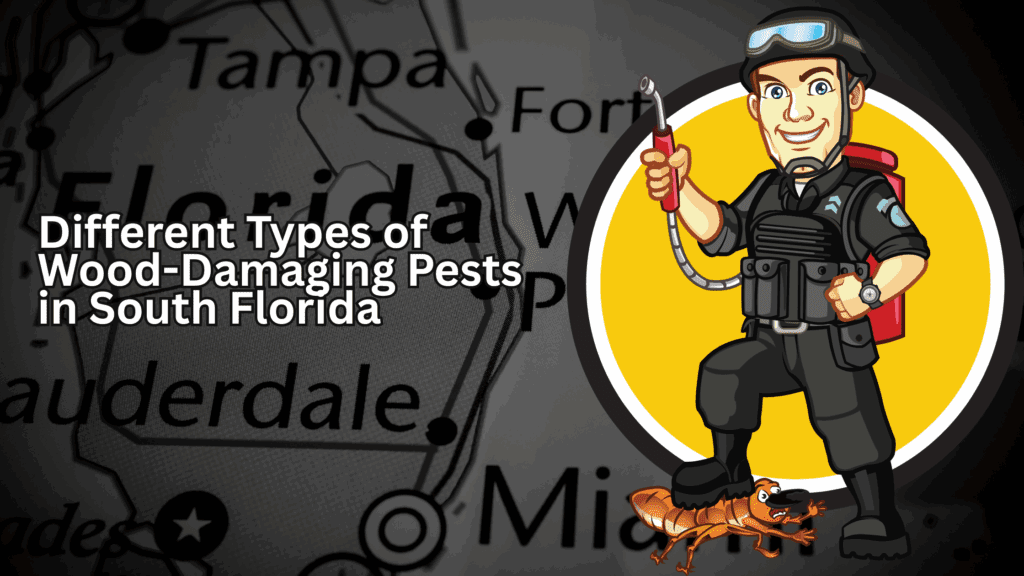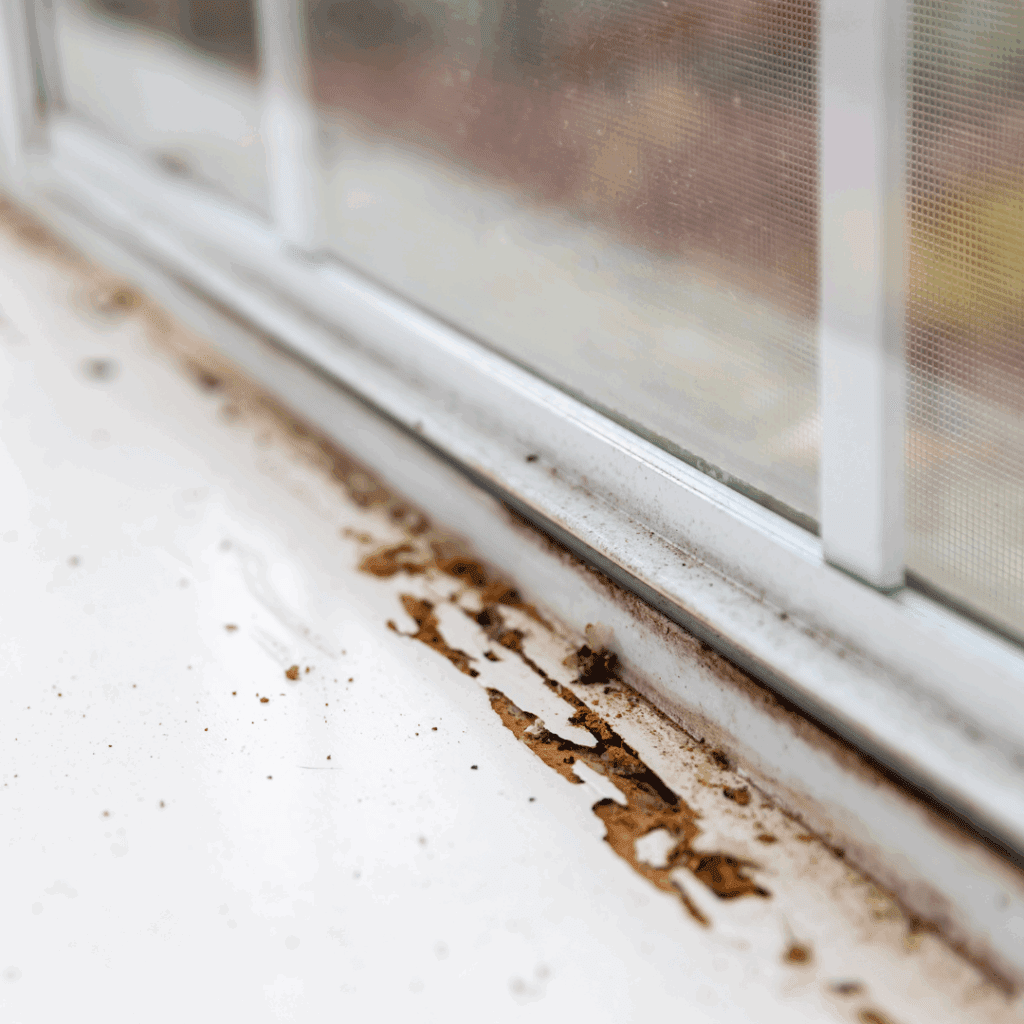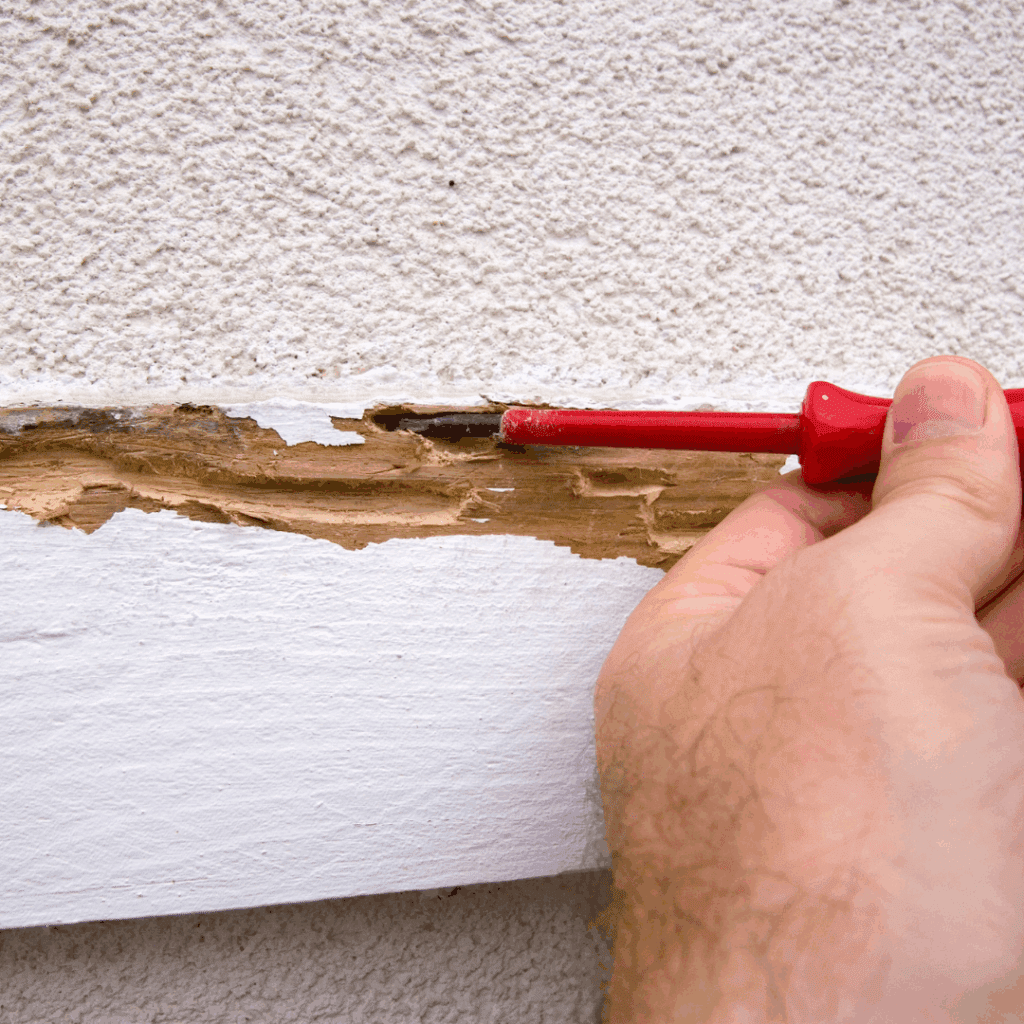
If you’re a homeowner in South Florida, you know pests are more than just a nuisance—they can cause serious damage to your property. And when it comes to wood-damaging pests, the stakes are even higher. These tiny invaders can weaken your home’s structure, costing you thousands in repairs if left unchecked.
At SouthFlShield, we’ve seen it all—from termites silently eating away at floor joists to powderpost beetles turning furniture into sawdust. That’s why we’re breaking down the most common wood-damaging pests in our area, how to spot them, and—most importantly—how to stop them before they turn your home into their personal buffet.
1. Termites: The Silent Home Wreckers



Termites are the #1 wood-destroying pest in the U.S., causing over $5 billion in property damage annually (according to the National Pest Management Association). In South Florida, we deal with two main types:
Subterranean Termites
These guys live underground and build mud tubes to travel into your home. They’re sneaky—you might not even know they’re there until you see:
- Hollow-sounding wood (tap your walls or floors—if they sound papery, be suspicious).
- Mud tubes on foundations or crawl spaces (they look like tiny dirt tunnels).
- Swarmers (winged termites) near windows or lights in spring.
Real-Life Example: Maria from Miami thought her creaky floorboards were just old-house problems—until a contractor found an entire subfloor eaten away. The repair bill? Over $12,000.
Drywood Termites
Unlike subterranean termites, drywood termites don’t need soil—they live inside the wood they eat. Signs include:
- Piles of tiny, sand-like pellets (frass) near wood.
- Blistering or darkening wood.
- Swarmers leaving small, round exit holes.
Did You Know? The University of Florida IFAS Extension notes that drywood termites are especially common in coastal areas due to the warm, humid climate.
2. Carpenter Ants: The Big, Bad Wood Excavators
Carpenter ants don’t eat wood—they excavate it to build nests. And while they prefer damp or decaying wood, they’ll happily move into sound structures if given the chance.
How to Spot Them:
- Large black or red ants (up to ½ inch long).
- Sawdust-like shavings (called “frass”) near baseboards or windows.
- Rustling noises inside walls (yes, you can sometimes hear them chewing!).
Pro Tip: If you see big ants wandering your kitchen at night, don’t just squash them—they could be scouts from a nearby nest. Follow them to find the source!
3. Powderpost Beetles: The Tiny Terrors
These little beetles might be small, but their larvae can turn solid wood into powder (hence the name). There are two main types in South Florida:
Lyctid (True Powderpost) Beetles
- Attack hardwoods like oak, mahogany, and walnut.
- Leave fine, flour-like frass and tiny exit holes (about 1/16 to 1/8 inch).
Anobiid (Deathwatch) Beetles
- Prefer softwoods and moisture-damaged wood.
- Create slightly larger holes (1/8 to 3/16 inch) with gritty frass.
Fictional but Realistic Scenario: Jake bought a beautiful antique dresser at a flea market—only to find it riddled with holes a few months later. Turns out, beetle larvae had been munching away inside for years.
4. Carpenter Bees: The Drilling Dilemma
These big, fuzzy bees look like bumblebees but have a nasty habit of drilling perfect holes into wood to lay eggs. Favorite targets include:
- Eaves
- Deck railings
- Wooden fences
Signs of Carpenter Bees:
- Round, ½-inch holes (often with sawdust beneath).
- Bees hovering near wood surfaces.
- Staining from feces below holes.
Fun Fact: Male carpenter bees can’t sting, but they’ll aggressively dive-bomb you to protect their nests (females can sting but rarely do).
5. Wood-Boring Weevils: The Moisture-Loving Menace
These pests thrive in damp, rotting wood—so if you’ve had leaks or water damage, be on high alert.
Key Indicators:
- Small, elongated holes in wood.
- Larvae inside decaying wood (often found near plumbing leaks).
According to the Florida Department of Agriculture, wood-boring weevils are less common than termites but can still cause significant damage in high-moisture environments.
How to Protect Your Home from Wood-Damaging Pests
Prevention Tips:
✔ Reduce moisture—fix leaks, use dehumidifiers, and ensure proper ventilation.
✔ Seal cracks and gaps in your home’s exterior.
✔ Store firewood away from your house (at least 20 feet).
✔ Inspect wooden furniture before bringing it inside.
When to Call a Pro:
If you spot active infestations (like live insects, fresh frass, or structural damage), it’s time to call SouthFlShield. DIY treatments often miss hidden colonies, leading to recurring problems.
Final Thoughts
Wood-damaging pests aren’t just annoying—they’re a real threat to your home’s safety and value. By knowing what to look for and acting fast, you can save yourself from costly repairs down the line.
At SouthFlShield, we’re here to help. Whether you need an inspection, treatment, or just advice, give us a call—we’ll make sure your home stays strong, safe, and pest-free.
Got a pest problem? Don’t wait—contact SouthFlShield today!
Sources: